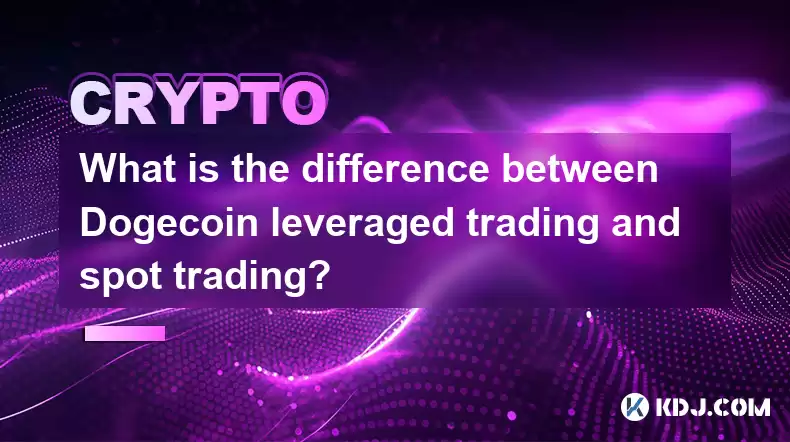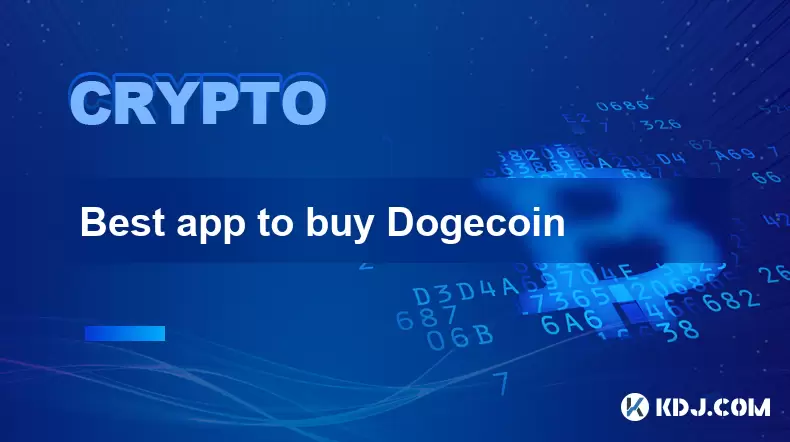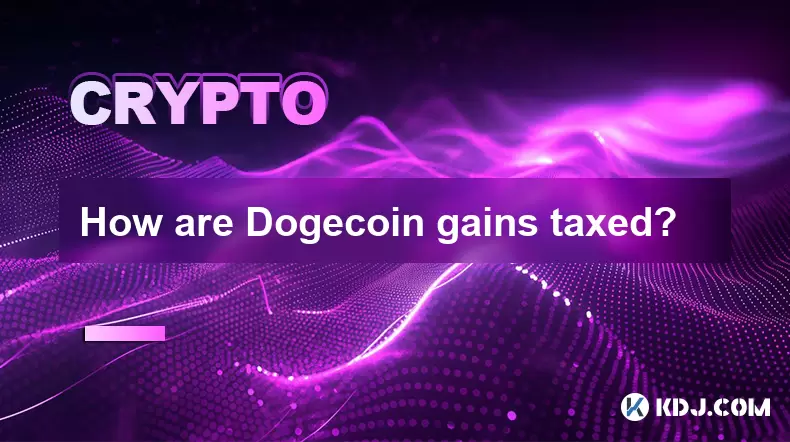-
 Bitcoin
Bitcoin $114200
0.00% -
 Ethereum
Ethereum $3637
0.56% -
 XRP
XRP $2.950
-2.01% -
 Tether USDt
Tether USDt $0.9999
0.02% -
 BNB
BNB $761.0
0.55% -
 Solana
Solana $164.1
-1.38% -
 USDC
USDC $0.9999
0.02% -
 TRON
TRON $0.3332
0.36% -
 Dogecoin
Dogecoin $0.2012
-0.52% -
 Cardano
Cardano $0.7261
-1.41% -
 Hyperliquid
Hyperliquid $37.62
-2.13% -
 Stellar
Stellar $0.3930
-2.65% -
 Sui
Sui $3.441
-0.16% -
 Bitcoin Cash
Bitcoin Cash $563.8
0.70% -
 Chainlink
Chainlink $16.50
0.09% -
 Hedera
Hedera $0.2424
-0.14% -
 Ethena USDe
Ethena USDe $1.001
0.01% -
 Avalanche
Avalanche $22.20
0.00% -
 Litecoin
Litecoin $118.0
-2.48% -
 UNUS SED LEO
UNUS SED LEO $8.991
0.12% -
 Toncoin
Toncoin $3.195
-3.87% -
 Shiba Inu
Shiba Inu $0.00001217
0.12% -
 Uniswap
Uniswap $9.674
-0.21% -
 Polkadot
Polkadot $3.633
1.00% -
 Monero
Monero $295.3
-0.82% -
 Dai
Dai $0.9999
0.00% -
 Bitget Token
Bitget Token $4.321
-0.41% -
 Cronos
Cronos $0.1392
0.73% -
 Pepe
Pepe $0.00001027
-0.89% -
 Aave
Aave $258.5
0.32%
What is the difference between Dogecoin leveraged trading and spot trading?
Dogecoin spot trading involves buying and selling at the current market price, while leveraged trading uses borrowed funds to amplify potential profits (and losses), significantly increasing risk.
Mar 17, 2025 at 09:48 pm

Key Points:
- Spot Trading: Buying and selling Dogecoin at the current market price. Simple, but only profits from price appreciation.
- Leveraged Trading: Borrowing funds to amplify potential profits (and losses). Higher risk, higher reward. Requires understanding of margin calls and liquidation.
- Key Differences: Leverage, risk, potential profit/loss, and required capital. Spot trading is less risky, while leveraged trading offers greater potential returns but carries significantly higher risk.
What is the difference between Dogecoin leveraged trading and spot trading?
This article explores the core distinctions between Dogecoin spot trading and leveraged trading, two prominent methods of engaging with the Dogecoin cryptocurrency market. Understanding these differences is crucial for navigating the risks and rewards associated with each approach.
Spot Trading Dogecoin:
Spot trading involves buying and selling Dogecoin at its current market price. It's the simplest form of cryptocurrency trading. You purchase Dogecoin at the prevailing market rate and hold it, hoping its value increases. When you decide to sell, you receive the current market price for your Dogecoin. Your profit or loss depends solely on the price fluctuation between your purchase and sale. Spot trading is generally considered less risky than leveraged trading due to its straightforward nature and lack of borrowed capital.
Leveraged Trading Dogecoin:
Leveraged trading is a more complex and riskier approach. It involves borrowing funds from an exchange to increase your buying power. This means you can control a larger position in Dogecoin than you could with your own capital. For example, 2x leverage means you control twice the amount of Dogecoin compared to your investment. The potential for profit is magnified, but so are the losses. If the price moves against your position, your losses can exceed your initial investment.
Understanding Margin and Liquidation:
A crucial element of leveraged trading is the concept of margin. Margin is the amount of your own capital required to maintain your leveraged position. A margin call occurs when the price moves against your position, and your margin falls below the exchange's required level. If you fail to deposit additional funds to meet the margin call, the exchange will liquidate your position, selling your Dogecoin to cover the losses. This can result in substantial losses.
Risk and Reward Comparison:
The fundamental difference between spot and leveraged trading lies in the risk-reward profile. Spot trading offers limited upside but carries lower risk. Your maximum loss is limited to your initial investment. Leveraged trading presents the potential for significantly higher profits, but it also carries the potential for losses exceeding your initial investment. The higher the leverage, the greater the risk. Understanding your risk tolerance is paramount before engaging in leveraged trading.
Capital Requirements:
Spot trading requires capital equal to the amount of Dogecoin you want to purchase. Leveraged trading requires less initial capital, but this lower entry barrier doesn't mitigate the risk. The required margin will vary based on the leverage used and the exchange's requirements. Insufficient margin can lead to a margin call and liquidation.
The Role of Exchanges:
Different cryptocurrency exchanges offer various leveraged trading options, each with its own set of rules and risk management tools. Understanding the specific terms and conditions of your chosen exchange is essential before engaging in leveraged trading. Many exchanges provide educational resources and risk management tools to help traders mitigate potential losses.
Choosing the Right Strategy:
The choice between spot and leveraged trading depends on individual risk tolerance, trading experience, and financial goals. Beginner traders are generally advised to start with spot trading to gain experience before exploring the complexities and higher risks of leveraged trading. It's essential to thoroughly research and understand both methods before investing any funds.
Frequently Asked Questions:
Q: Is leveraged trading always more profitable than spot trading?
A: No. While leveraged trading offers the potential for higher profits, it also significantly increases the risk of substantial losses. The amplified returns are matched by amplified losses. Spot trading offers consistent, albeit smaller, returns based on the price movement.
Q: Can I lose more than my initial investment in leveraged Dogecoin trading?
A: Yes. This is a key risk of leveraged trading. If the market moves against your position, your losses can exceed your initial investment. This is due to the borrowed funds amplifying both profits and losses.
Q: What is a margin call in leveraged Dogecoin trading?
A: A margin call occurs when the value of your leveraged position falls below the exchange's minimum margin requirement. You will need to deposit more funds to maintain your position, or the exchange will liquidate your position to cover its losses.
Q: How can I mitigate the risks associated with leveraged Dogecoin trading?
A: Risk mitigation strategies include using lower leverage ratios, setting stop-loss orders to limit potential losses, diversifying your portfolio, and only trading with capital you can afford to lose. Thorough research and education are also crucial.
Q: Is Dogecoin spot trading suitable for beginners?
A: Yes, spot trading is generally considered a better starting point for beginners in the cryptocurrency market. It's simpler to understand and carries less risk than leveraged trading. It allows you to learn the market's dynamics before venturing into more complex trading strategies.
Disclaimer:info@kdj.com
The information provided is not trading advice. kdj.com does not assume any responsibility for any investments made based on the information provided in this article. Cryptocurrencies are highly volatile and it is highly recommended that you invest with caution after thorough research!
If you believe that the content used on this website infringes your copyright, please contact us immediately (info@kdj.com) and we will delete it promptly.
- Ethereum, Transaction Volumes, and SEC Staking: Navigating the Regulatory Landscape
- 2025-08-06 22:30:13
- Crypto, Tokens, and Metrics: Navigating the New Frontier
- 2025-08-06 23:09:22
- Crypto Market Buzz: PROVE Surges as Coinbase, Binance List Token
- 2025-08-06 22:30:13
- BlockDAG, Crypto, and Binance Coin: The Hottest Trends You Can't Ignore
- 2025-08-06 23:50:13
- BlockSack Who? Base Network and Layer 2s Shake Up the Crypto Scene
- 2025-08-06 23:10:13
- DOGE, SHIB, and Remittix ROI: Shifting Sands in the Crypto Landscape
- 2025-08-06 23:50:13
Related knowledge

Bitcoincoin burning mechanism
Jul 20,2025 at 09:21pm
What is the Dogecoin burning mechanism?The Dogecoin burning mechanism refers to the process of permanently removing DOGE tokens from circulation by se...

How to earn free Bitcoincoin?
Jul 19,2025 at 10:08pm
What is Dogecoin and Why Earn It?Dogecoin (DOGE) started as a meme-based cryptocurrency in 2013 but has grown into a widely recognized digital asset. ...

Is Coinbase a good wallet for Bitcoincoin?
Jul 19,2025 at 04:42pm
Understanding Coinbase as a Wallet Option for DogecoinWhen considering where to store Dogecoin, Coinbase is often mentioned as a potential option due ...

How to buy Bitcoincoin with PayPal?
Jul 23,2025 at 06:57am
Understanding the Basics of Buying DogecoinBefore diving into the process of buying Dogecoin with PayPal, it’s essential to understand what Dogecoin i...

Best app to buy Dogecoin
Jul 23,2025 at 03:08pm
What Is a Cryptocurrency Exchange and How Does It Work?A cryptocurrency exchange is a digital marketplace where users can buy, sell, or trade cryptocu...

How are Dogecoin gains taxed?
Jul 25,2025 at 07:01am
Understanding the Taxation of Dogecoin GainsWhen it comes to Dogecoin (DOGE), many investors are drawn to its meme-inspired branding and volatile pric...

Bitcoincoin burning mechanism
Jul 20,2025 at 09:21pm
What is the Dogecoin burning mechanism?The Dogecoin burning mechanism refers to the process of permanently removing DOGE tokens from circulation by se...

How to earn free Bitcoincoin?
Jul 19,2025 at 10:08pm
What is Dogecoin and Why Earn It?Dogecoin (DOGE) started as a meme-based cryptocurrency in 2013 but has grown into a widely recognized digital asset. ...

Is Coinbase a good wallet for Bitcoincoin?
Jul 19,2025 at 04:42pm
Understanding Coinbase as a Wallet Option for DogecoinWhen considering where to store Dogecoin, Coinbase is often mentioned as a potential option due ...

How to buy Bitcoincoin with PayPal?
Jul 23,2025 at 06:57am
Understanding the Basics of Buying DogecoinBefore diving into the process of buying Dogecoin with PayPal, it’s essential to understand what Dogecoin i...

Best app to buy Dogecoin
Jul 23,2025 at 03:08pm
What Is a Cryptocurrency Exchange and How Does It Work?A cryptocurrency exchange is a digital marketplace where users can buy, sell, or trade cryptocu...

How are Dogecoin gains taxed?
Jul 25,2025 at 07:01am
Understanding the Taxation of Dogecoin GainsWhen it comes to Dogecoin (DOGE), many investors are drawn to its meme-inspired branding and volatile pric...
See all articles

























































































